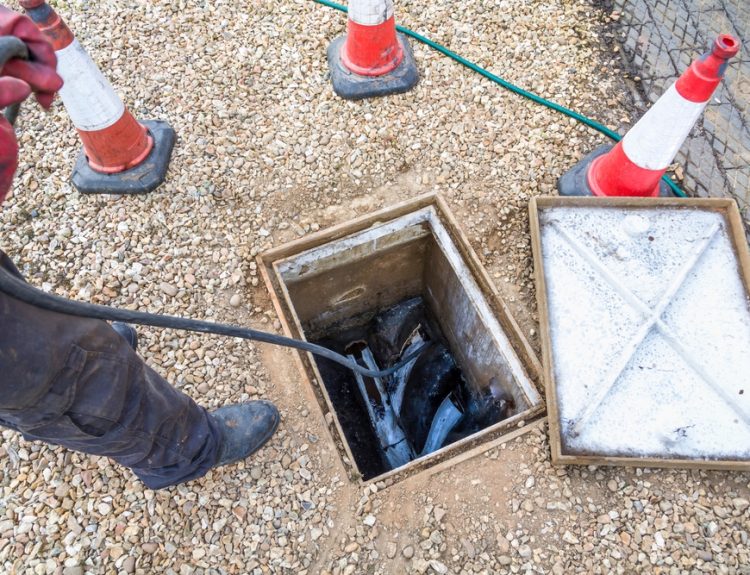In the ever-evolving landscape of technology, two immersive experiences have taken center stage – Virtual Reality (VR) and Augmented Reality (AR). These cutting-edge technologies are reshaping the way we perceive and interact with the digital world. In this deep dive, we will explore the intricacies of VR and AR, shedding light on their applications, functionalities, and the transformative impact they have on various industries.
Virtual Reality (VR): Immersion Beyond Boundaries
Virtual Reality transports users to a simulated environment, creating a fully immersive experience that transcends the confines of the physical world. The primary hardware for VR includes headsets and controllers, which work in tandem to provide a 360-degree experience. The visual and auditory stimuli generated by VR create a profound sense of presence, making users feel as if they have stepped into another reality.
Applications of VR:
- Gaming: VR has revolutionized the gaming industry by offering an unparalleled level of engagement. Gamers can now explore virtual worlds, interact with characters, and experience games in a way that was once unimaginable.
- Training and Simulation: Industries like healthcare, aviation, and military utilize VR for training purposes. Simulations allow professionals to practice complex procedures in a risk-free environment, enhancing their skills and decision-making abilities.
- Real Estate: Virtual tours powered by VR enable potential buyers to explore properties remotely. This not only saves time but also provides a realistic sense of the space, enhancing the decision-making process.
Augmented Reality (AR): Bridging the Gap Between Real and Digital
Unlike VR, Augmented Reality overlays digital content onto the real world, enriching the user’s perception of their surroundings. AR is commonly experienced through smartphones, tablets, and AR glasses. The integration of computer-generated information with the physical environment opens up a myriad of possibilities.
Applications of AR:
- Retail: AR enhances the retail experience by allowing customers to visualize products in their real-world settings before making a purchase. Virtual try-ons and product demonstrations elevate the online shopping experience.
- Education: AR transforms traditional learning methods by bringing textbooks to life. Students can engage with interactive 3D models, making complex concepts more accessible and memorable.
- Navigation: AR-powered navigation apps provide real-time information overlaid on the user’s field of view. This is particularly useful for pedestrians and drivers, offering guidance without the need to constantly glance at a screen.
The Convergence of VR and AR: Mixed Reality (MR)
As technology advances, the lines between VR and AR blur, giving rise to Mixed Reality (MR). MR seamlessly integrates virtual and augmented elements into the real world, offering a spectrum of experiences that combine the best of both worlds. This convergence is poised to revolutionize industries such as healthcare, design, and collaborative workspaces.
Challenges and Future Prospects
While VR and AR have made significant strides, challenges such as hardware limitations, content development, and user acceptance persist. However, ongoing research and technological advancements are expected to address these issues, paving the way for a future where immersive technologies become more accessible and widely adopted.
In conclusion, the realm of Virtual Reality and Augmented Reality is a fascinating intersection of technology and human experience. As these technologies continue to evolve, their impact will be felt across diverse industries, transforming the way we learn, work, and interact with the world around us.







